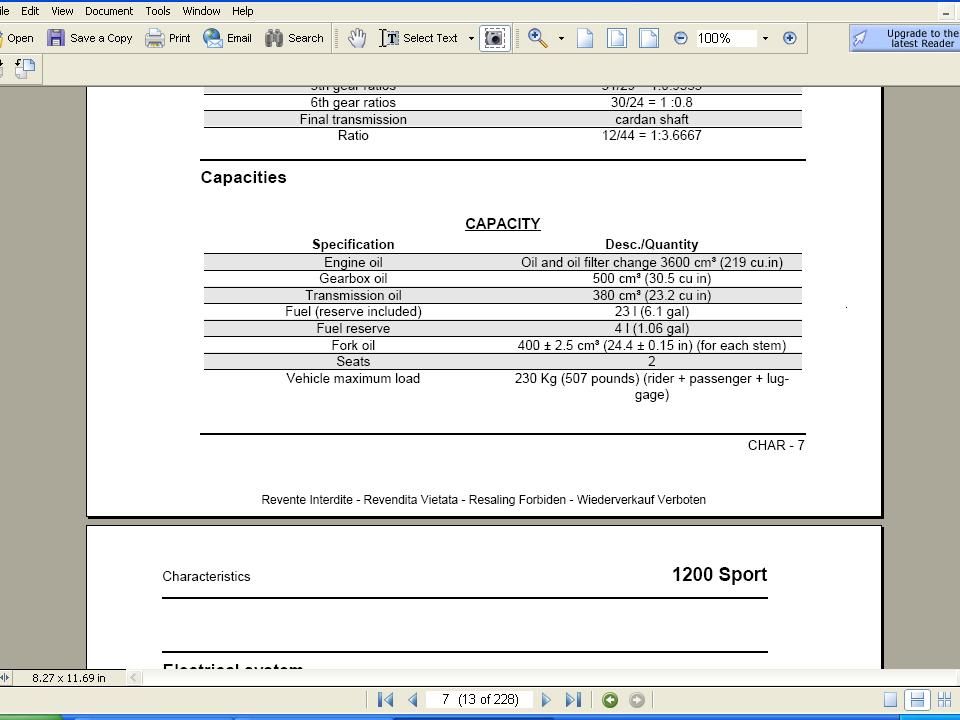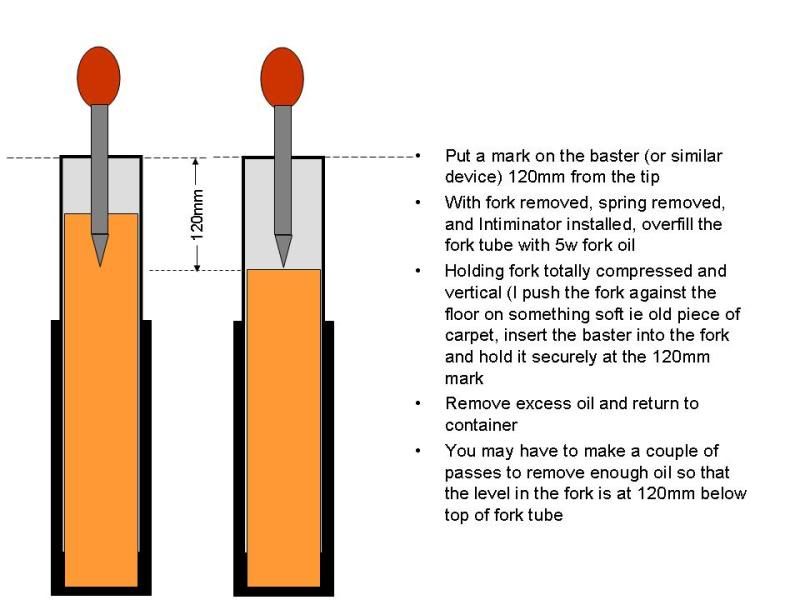Noob here, still learning my wonderful 12S.
The left fork seal is leaking so that needs to be replaced. The oil is original, 2008 model with 6k miles, so I would replace the oil as well. I'm about 210lbs. with gear, rarely ride with a passenger and then only locally. Not a lot of twisties in TX so mostly aggressive sweepers (and tons of commuting miles). The big question ($$) is what to do with the internals.
I am mechanically inclined but with limited tools (no vise for clamping fork legs for example). I prefer to do my own work or at a minimum watch / help someone so I can learn and ensure that the work is done to my satisfaction. My least preferred is to drop something off at a shop and pick it up later. I don't mind buying new tools!
Can I replace seals (both?) in my garage? What about oil?
What grade / brand of oil?
What are the spring / preload / cartidge options? I just read Race-Tech's Suspension Bible but am still confused about how to improve these forks.
Thanks for all guidance,
Tom
The left fork seal is leaking so that needs to be replaced. The oil is original, 2008 model with 6k miles, so I would replace the oil as well. I'm about 210lbs. with gear, rarely ride with a passenger and then only locally. Not a lot of twisties in TX so mostly aggressive sweepers (and tons of commuting miles). The big question ($$) is what to do with the internals.
I am mechanically inclined but with limited tools (no vise for clamping fork legs for example). I prefer to do my own work or at a minimum watch / help someone so I can learn and ensure that the work is done to my satisfaction. My least preferred is to drop something off at a shop and pick it up later. I don't mind buying new tools!
Can I replace seals (both?) in my garage? What about oil?
What grade / brand of oil?
What are the spring / preload / cartidge options? I just read Race-Tech's Suspension Bible but am still confused about how to improve these forks.
Thanks for all guidance,
Tom



